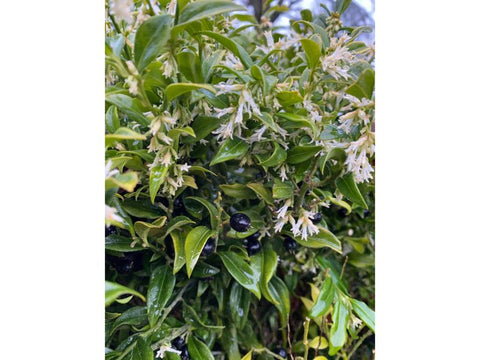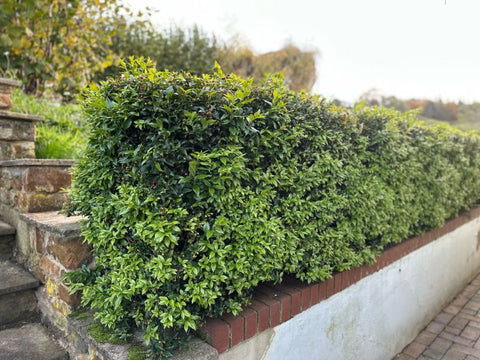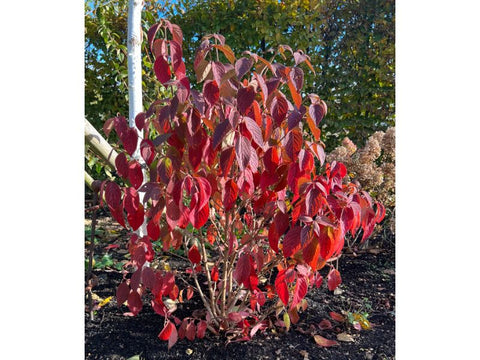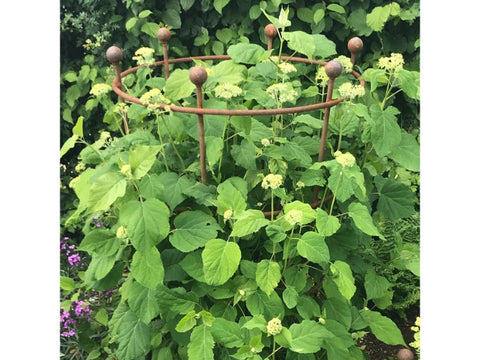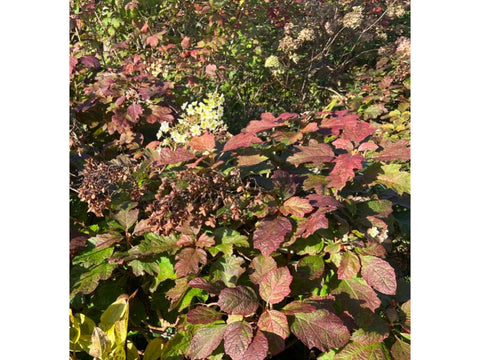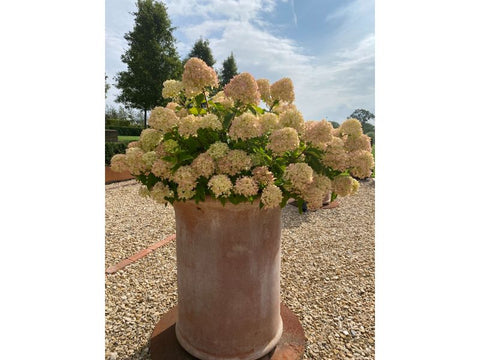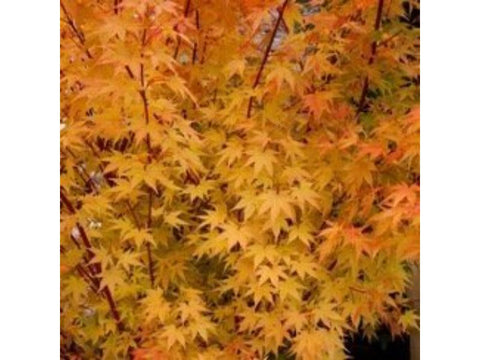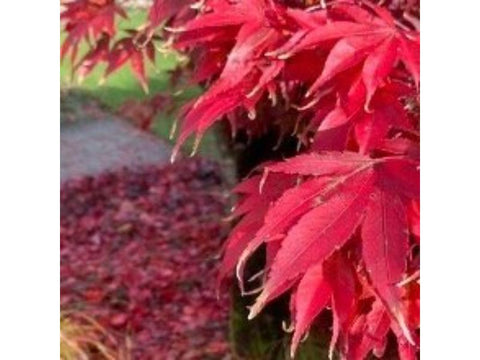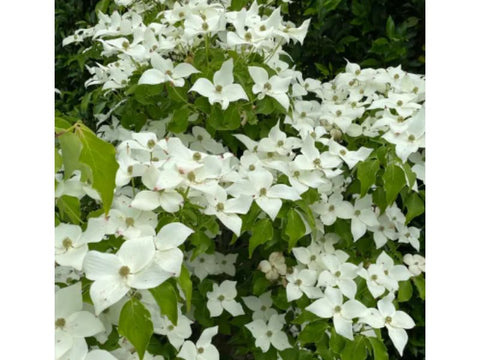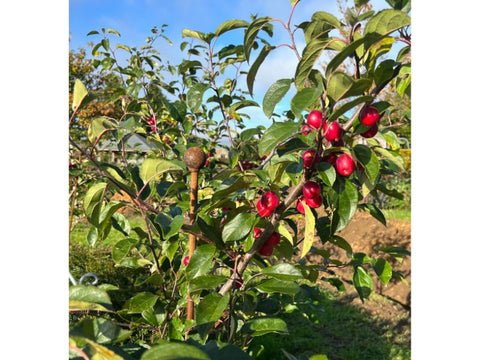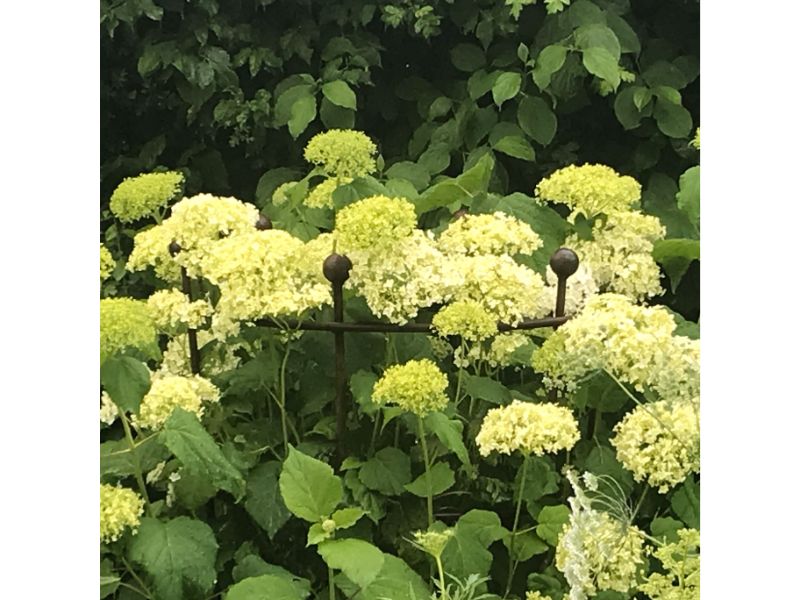
5 of the best … shrubs for structure and height in the border
Lesley Ann Sandbach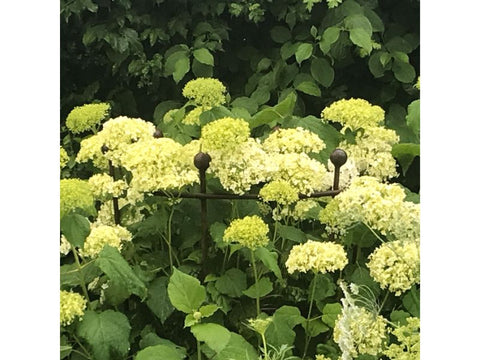
Hydrangea ‘Annabelle’s’ heavy flower heads need support
Autumn or Spring is the best time to plant bare-rooted or root-balled shrubs. They are much cheaper than container-grown plants and, given the dry and uncertain summer conditions we have experienced of late, there are advantages in getting them into the ground in the Autumn while the soil is still warm and the abundant rain in late October/November will help them get going quickly. The coldest months are not ideal for planting but there is another weather window in Late February/March when the soil is just beginning to warm up.
I use shrubs throughout the garden to give structure to the borders and I mix in a few that will give me winter interest:
Sarcoccocca: there are a number of good sarcoccocca varieties. My favourite is Sarcoccocca confusa although hookeriana is also a good variety. These neat, evergreen shrubs have attractive, shiney leaves and, in late autumn, their insignificant flowers produce a rich, citrusy scent. Cut a branch to bring indoors or, if you have a spot, plant one close to the door where the scent will waft into the house. Sarcoccocca grow well in shade but will also grow in full sun if the roots are kept consistently moist. Last summer, I admired a hedge of sarcoccocca growing in Candy Kelly’s lovely garden (Instagram: @candykellygdn) and asked her how she kept it so healthy on clay soil. She gives her hedge a generous feed of ericaceous supplement twice a year. I have tried it on my own bushes (which were showing signs of chlorosis on my clay soil) and they have reverted to deep green this year.
The scented flowers of Sarcoccocca confusa used as a hedging plant in Candy Kelly’s garden
Viburnums: I love viburnums and will make room for as many as I can fit into my planting schemes. Who can resist the white tennis balls of Viburnum opulus which open green (wonderful for floral arrangements) and turn white? The delicate crinkled leaves become purple tinted in autumn giving this shrub a second season of interest.
Another good viburnum for autumn colour is Viburnum placatum. Its flattish white flowerheads are eye-catching and Viburnum placatum ‘Mariesii’ will form a beautiful layered specimen shrub (similar in form to the ‘Wedding Cake tree, Cornus controversa)
Finally, for winter cheerfulness, the twiggy forms of Viburnum burkwoodii stand out – you’ll be pleased with any of the 5 varieties. The pinkish buds open to scented white flowers from November to March. I remember looking out into a swirling snowstorm and seeing the white balls of the viburnum looking like suspended snowballs in the falling snow.
Viburnum plicatum showing autumn colour
Hydrangeas: one of our most popular plant supports is the 3-ring hydrangea support range that we developed specifically to hold up those beautiful Hydrangea arborescens ‘Annabelle’ heads that arch gracefully until a sudden shower pulls them down to the ground. I cut mine down to about 15cm in the spring and by mid-summer they have grown to the top of the support and the flowers are spilling over the top.
Hydrangea ‘Annabelle puts on rapid growth inside a 3-ring support
Another hydrangea that I value in the garden is Hydrangea quercifolia (either ‘Snowflake’ or ‘Snow Queen’). This deciduous oak-leaved shrub provides interest almost all year. It is later flowering than many other hydrangeas and the panicles of double white flowers arch over, turning from creamy white to a delicate pink as they fade. In autumn the leaves turn deep burgundy. Even in winter, the rich brown exfoliating bark provides interest. Like Annabelle, I find that the heavy heads of this hydrangea drag down the branches so I pop over a large 1-ring support early in the year to give them some support.
Another way to support the more floppy hydrangeas is to use 5 of our multi-ball stakes, hammered in well, around the plant and string four lines of cord around them, perhaps making a cat’s cradle across the plant to hold it upright.
The colourful foliage of Hydrangea quercifolia ‘Snowflake’
Do consider Hydrangea paniculata ‘Little Lime’ for growing in pots. I have three established small shrubs underplanted with narcissus ‘Surfside’ in permanent planting in large pots. By now, the lime green heads have turned a lovely terracotta and they will hold well into the winter – they give me a focal point year-round on the terrace.
Hydrangea ‘Little Lime’ thrives in a terracotta pot
Acers: the shrub that I miss most of all since we moved from Surrey (green sand, acidic soil) to Gloucestershire (clay) is the acer. I planted every shape and size that I could find as well as delighting in the fact that the offspring of my Acer palmatum dissectum did not come true from seed so new variants would push through under the parent plant. I love the delicacy of the stems and foliage, their neat habit and the eye-catching display they put on in the autumn. Among the dozens to choose from, here are two that I have always loved.
Two of the Acer palmatum varieties show their autumn colours
Cornus: is a varied group of deciduous trees and shrubs that offer good value in the garden and year-round attraction.
Cornus sanguinea ‘Midwinter Fire’ (the traditional dogwood) grows to about 1.5 meters and is grown mainly for its brilliant yellow/orange stems which glow in the winter garden. The varieties of cornus grown for stem colour look best in swathes across a border or, ideally, reflected in water.
Cornus sanguinea ‘Midwinter Fire’ shows off its autumn colours
Cornus Kuosa var. chinensis is a show-stopper of a large shrub with two main seasons of interest. It produces insignificant flowers which are surrounded by showy, creamy-white bracts that fade to shades of pink as they age. In autumn the leaves turn crimson-purple and mature trees can produce strawberry-like fruit. It makes a stunning specimen tree or shrub and is best in neutral to acid soil.
The beautiful bracts of Cornus kuosa
Cornus mas is another variety that prefers acid soil and I tried for some years without success to grow it here in Gloucestershire. In winter its tiny, acid-yellow flowers mass along the bare stems followed in late summer by bright red fruits; its dark leaves turn red-purple in autumn.
Finally, in addition to my five shrubs, a recommendation that is not a shrub but a small tree. Malus x atrosanguinea ‘Gorgeous’. I have grown this in my last three gardens and loved it in different settings. It works well as a specimen tree or in groups; it flowers profusely with the pink-white single flowers typical of the crab-apple and in autumn its magenta fruits are the best of any of the crabs and its jelly the richest. Because it does bear prolifically, I have always used one of our traditional 12mm diameter stakes to hold the leader until it has the strength to hold itself, and I use fruit bough stakes to support the branches until the birds clear the last of the fruits in December.
Malus ‘Gorgeous’ puts on an autumn show
Later this month we shall be turning to work in the winter garden and considering presents for gardeners.

